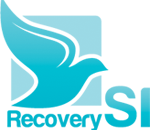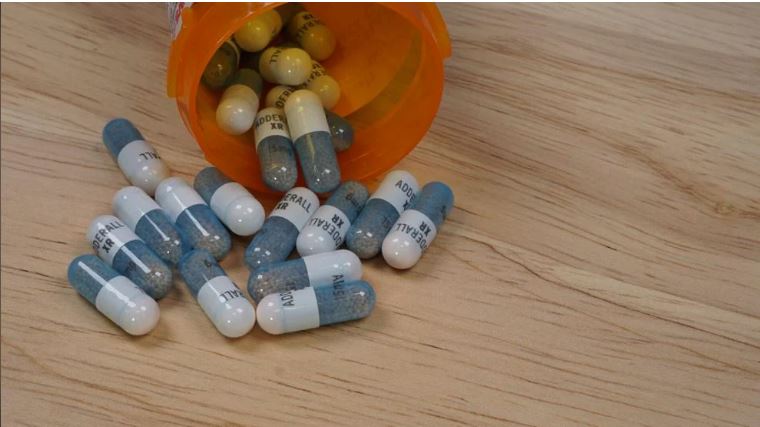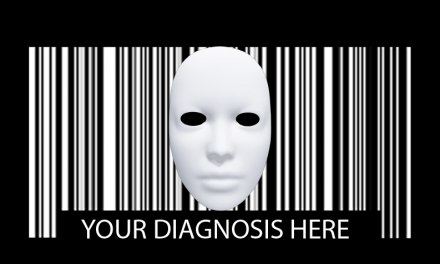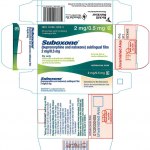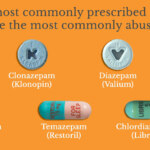There are a vast number of people currently taking prescribed stimulants in the USA. A few facts:
“From 2012 to 2022, the projected number of stimulant prescriptions dispensed increased by 57.9%, from 50.4 million in 2012 to 79.6 million in 2022.” The breakdown: “35.3% increase in males, 87.5% in females.”
The greatest increase was found among two groups: adults aged 31 to 40 (from 5.4 million to 17.5 million) and older folks between 71 and 80 — from 100,000 to 900,000.
To sum up: An estimated 17.8 million American adults are currently using physician-prescribed stimulant drugs.
That’s a much larger population than I would have expected. And some of the age cohorts involved came as a surprise — what’s with a nine times increase among users 70-plus years of age? How do we explain that?
Worse yet, according to a recent article in Medscape, “one quarter of US adults who are prescribed stimulants misuse them, with nearly 1 in 10 meeting the criteria for prescription stimulant use disorder (PSUD).”
Here’s the article for further reference:
Prescription Stimulant Misuse Alarmingly Common
Misuse of a prescribed medication is ordinarily defined as using the drug outside of prescribed boundaries. That could mean taking it more often than indicated, or using meds that were intended for someone else, and so forth.
Abuse, on the other hand, is defined as misuse that causes problems for the user. Falling due to oversedation from taking too many pills — that’s a common example.
A Prescription Substance Abuse Disorder (PSUD), on the other hand, is a DSM5 disorder involving the usual symptoms but based on prescribed drugs instead of, say, cocaine or heroin.
This also got my attention: “Among those with PSUD, 73% solely used their own prescribed stimulants, 87% used amphetamines, 43% stated that they did not misuse the drugs.”
You mean they insisted they had not misused the drug in any way, yet somehow developed an addictive disorder?
I’ve heard of that in the case of persons taking other prescribed drugs, such as benzodiazepine sedatives. It sounds as if the same might be true for Adderall etc., at least for some users.
“These new data suggest that even those who think they are using their stimulant medications as directed may be at risk of substance use disorder,” concluded the lead researcher.
Does he put that down to simple denial? They’re actually using much more, but somehow fail to recognize that?
That sounds unlikely. An alternative explanation: they’re using it as they claim, yet experiencing withdrawal discomfort when they miss a dose.
It’s not supposed to happen that way, but I suspect on occasion, it does.
